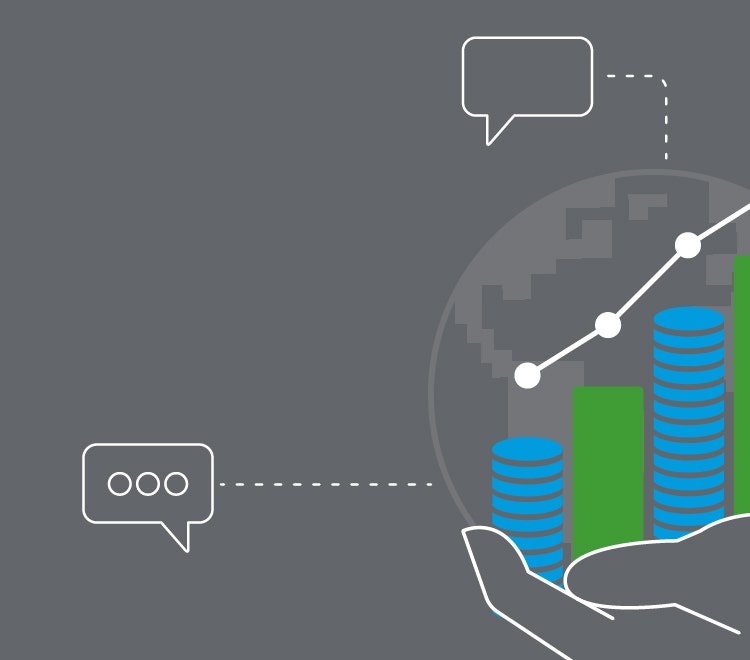Consumer behaviour in June points to more borrowing and less saving. Borrowing jumped while savings dropped sharply, an indication as to how consumers are protecting their lifestyles from the surge in inflation. Households’ balance sheets are still exceptionally strong, so consumers are likely to continue reducing their saving over the rest of the year. That should prevent consumer spending from falling by as much as the record-breaking drop in real incomes would suggest.
Net consumer credit rose by £1.8bn in June, well above its pre-pandemic average of £1bn. This was relatively evenly split between higher credit card spending (£1bn) and other loans (£0.8bn). What’s more, households deposited just £1.9bn in bank and NS&I accounts in June, down from £5.6bn in May and well below the average monthly net flow of £5.6bn during the 12-month pre-pandemic average.
In aggregate, households have extremely strong balance sheets so are easily able to manage a drop in savings and a rise in borrowing. Households paid off about £25bn of consumer credit and accrued excess savings of around £250bn during the lockdowns, and the early evidence suggests that consumers are borrowing more and saving less to prop up their spending.
To put that savings amount into context, UK households spent about £33.5bn on electricity and gas in 2021, so a 50% rise would see them spending an extra £17bn. We expect to see higher borrowing and lower saving over the rest of the year as the cost-of-living crisis starts to bite.
Some signs of a cooling housing market
There was some evidence of a slowdown in the housing market. Approvals for house purchases, which are an indicator of future borrowing, dropped from 65,700 in April to 63,700 in June. Admittedly, we think house prices are unlikely to maintain their current momentum as rising interest rates squeeze affordability. Indeed, a fall of 5% to 10% seems likely. But we are not concerned about a slump in house prices given the huge run up in prices over the last two years, the strength of household balance sheets and the tightness in the labour market.
Middle market borrowing remains subdued
UK non-financial businesses repaid £0.9bn of net loans from banks in June. Net borrowing by large non-financial businesses was £1.3bn in June, compared to repayments of £1.6bn in May. However, small and medium sized non-financial businesses (SMEs) continued to repay debt.
The net loan repayment by SMEs in June marked the fifteenth consecutive month of net repayments. So, middle market businesses are still reducing leverage while large businesses are taking advantage of easy access to credit and negative real interest rates.
This result tallies with our Q2 MMBI report, which found that a majority of middle market businesses were reducing their debt levels. But with inflation set to average 9% in 2022 and 6% in 2023, real interest rates will remain negative for a long time yet. In reality, this will create an environment that’s conducive to borrowing for investment.

